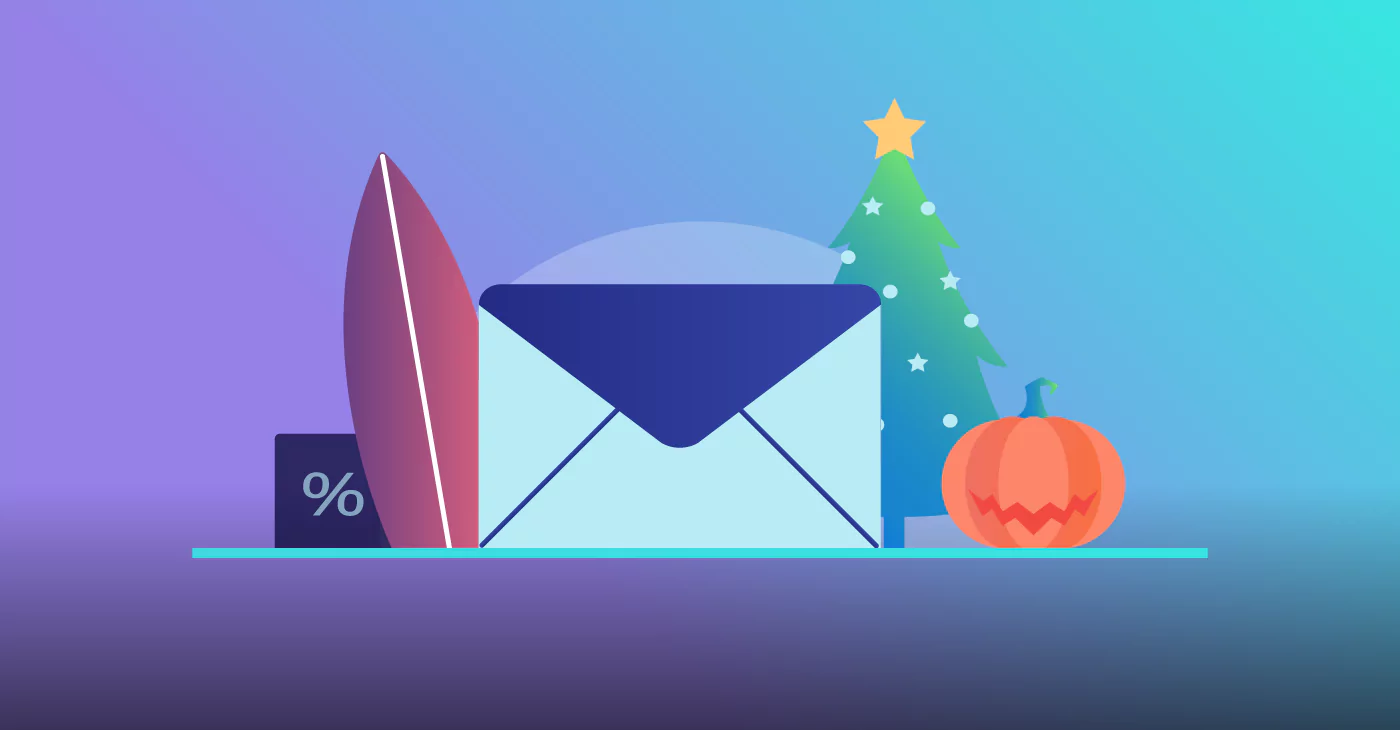
We’ve heard it before: school communications professionals are frustrated. Sending their district’s email newsletters is like posting a billboard in the middle of a vast desert. No response, no engagement. It’s almost as if they didn’t send anything at all.
Concerns over email engagement are nothing new. They don’t discriminate, and they span various industries. However, for the K12 sector, email engagement struggles can be especially frustrating.
K12 messaging goes beyond your average marketing email. School communicators aren’t necessarily interested in selling something or converting leads to customers. School newsletters are meant to share important, time-sensitive information. If they go unread, it could lead to more serious issues.
Your K12 newsletter doesn’t have to be a lonely, unnoticed billboard in an unresponsive desert. By following these six practices, you’ll see your newsletter engagement metrics soar.
1. Use Marketing Automation Software
If you had the choice to make your life easier, wouldn’t you? That’s the beauty of marketing automation software. Not only does it help you organize and segment your contacts so you can keep better track of them, but it enables you to automate your emails. You can be emailing your contacts while you perform your regular day-to-day duties. It’s a win-win for productivity.
As K12 communicators, there’s tons on your plate and various initiatives to keep track of. Adding email marketing to the list typically results in something else being pushed off. Since you can’t afford to drop the ball, it’s vital to have a cost-effective email marketing solution tailored to your specific needs as a K12 communicator.
2. Dissect Your Subject Lines
Email subject lines will always be a significant contributor to engagement rates. They’re the first thing your recipients see; therefore, they can determine whether or not your email even gets opened. And if your email isn’t getting opened, it’s pretty much DOA.
When it comes to crafting the best subject lines, be concise, but also give a sneak peek into the good stuff within the newsletter. You want to entice readers with a bit of a tease, but you don’t want to convolute the message with too many words.
It’s best to implement a/b testing to see which subject lines yield the highest open rate. To do this, test two different subject lines by sending one to a small portion of your list and the other to another small portion of your list. Measure the results and use the better-performing subject line for the email you send to the rest of the list.
3. Get Personal
Another wonderful benefit of marketing automation is that it provides you with the tools to personalize your emails. This means you can segment certain contacts into the same list based on their similar interests or characteristics, like grade or district. Doing so allows you to focus your outreach according to the particular needs of the recipients within any given list.
Why does personalization matter? Well, 82 percent of marketers report that email personalization leads to increased open rates. Instead of sending the same email to every contact on your list, improve your chances of getting your email opened by segmenting your list and personalizing your message with tools like Dynamic Content.
Making readers slog through acres of irrelevant content before finding the information they need wastes their time and creates frustration. Instead, put the most relevant, helpful content at the top so they can easily locate it. And, if you’re sharing existing resources, be selective and go with the pieces that offer the most value.
4. Don’t Discard Preview Text
Preview text, or “preheader,” as it’s sometimes referred to, is the content your recipients’ email application will display as a one or two-line preview in their inbox. Next to the subject line, your preview text is the initial bit of content your recipients see at first glance, whether or not they choose to open your email.
You have a bit more room to work with here, and it’s another opportunity to further entice your readers to click on your email. Compel your recipients to read your email by expanding on your subject line and using keywords that you know will catch their attention
5. Consider Timing
A marketing automation tool provides value long after you send your emails. You can access email metrics like open rate, click-through rate, bounce rate, unsubscribes, and more.
While having access to this information is great on its own, it’s what you do with it that makes the most difference. Look at how well your email performs on certain days and times. Learn through trial and error by testing out different send windows to see which appears most beneficial. Or, deliver the same email at two different times to two segments of your list and see if one outperforms the other. Just make sure that you aren’t testing your subject lines when you A/B test your email send window. One test at a time!
6. Personalize the Signature
If you’re sending out an email from a specific leader in your district, like the principal, superintendent, or lead for a program, make the email come “from” them. You can set up your emails to include a custom signature based on who you want the email to be coming from (even if that person isn’t the one actually sending the email).
People are more likely to open an email if it comes from a person they know rather than an institution (i.e., “Jefferson School District”). Seeing the name of someone they recognize or know is reassuring, and it makes them feel like your institution truly cares about keeping them informed. I recommend including both the name and the school/district if you’re making the “from” an individual (i.e., “Mark Jones – Jefferson School District”).
Email marketing is an art form, and just because you don’t consider yourself an artist doesn’t mean you can’t nail the delivery. With a robust tool like marketing automation to enable you, you’ll be able to send emails that are engaging while also tackling everything else on your to-do list. So, what are you waiting for?






